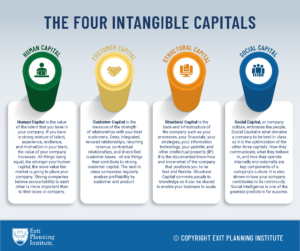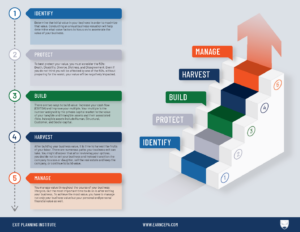Unlocking the Power of Effective Receivables Management: 10 Insights for Financial Success
Managing accounts receivable (AR) is a fundamental aspect of financial health for any business. A robust AR system ensures steady cash flow, minimizes outstanding balances, and fosters strong client relationships. This comprehensive article delves into AR management, offering ten actionable insights to optimize your receivables processes and drive financial success.
- Effective Data Collection: The foundation of effective AR management lies in accurate data collection. Comprehensive client information, including accurate contact details, lays the groundwork for seamless invoicing and follow-ups. Train your staff to confirm the contact details at every client interaction to maintain communication.
- Tailored Payment Term Flexibility: Customize payment terms to suit your business and clients. Offering flexible terms can incentivize timely payments while aligning with your clients’ financial cycles. Upon account set-up, inform clients of your billing policies. If possible, arrange billing multiple times monthly to capitalize on pay cycles.
- Immediate Invoice Dispatch: When you deliver your product or service, the clock starts ticking. Don’t delay invoicing; immediate issuance improves transparency and signals professionalism.
- Automated Reminders: Gentle yet persistent reminders significantly enhance collection rates. Implement automatic reminders for approaching due dates, ensuring your clients get regularly reminded of their obligations.
- Employee Training on Procedure: Educating your staff about AR procedures is vital. From invoicing to communication, ensuring your team understands their role in the AR process bolsters efficiency.
- Embrace Payment Automation: Automation isn’t just a buzzword; it’s a game-changer. Automated invoicing, reminders, and payment processing streamline the process and reduce human error. Set up online payments so clients can promptly pay invoices. Offering online payments removes a barrier to prompt payment because people may not have stamps available or may not use checks.
- Streamline Dispute Resolution: Promptly address any disputes that arise. A straightforward and efficient dispute resolution process prevents payment delays and preserves client relationships.
- Incentivize Early Payments: Consider offering discounts or incentives for early payments. This strategy can nudge clients toward settling their invoices promptly. Discounts of only a few dollars are often attractive to budget-conscious people.
- Multi-Channel Communication: Communicate with clients through multiple channels. While emails are effective, a mix of phone calls, text messages, and postal mail can keep the bill on the client’s mind. Many older adults avoid using technology, so use methods that reach all clients.
- Regular Accounts Receivable Check-Ups: Just as your health requires regular check-ups, so does your AR management. Schedule routine reviews to assess the effectiveness of your strategies and implement necessary improvements. Run an accounts receivable aging report monthly and look for accounts overdue by 60+ days. The rate of payment for invoices aged past 60 days drastically drops. Work hard in the first couple of months to secure payment. Offer payment plans for lagging accounts with contracts outlining the frequency and amount of each payment.
Optimizing accounts receivables management in a dynamic business landscape is paramount to financial stability. Implementing these ten insights will streamline your AR processes, bolster client relationships, enhance your cash flow, and pave the way for sustained business growth. If you are struggling with where to start, we can help. Contact Us







